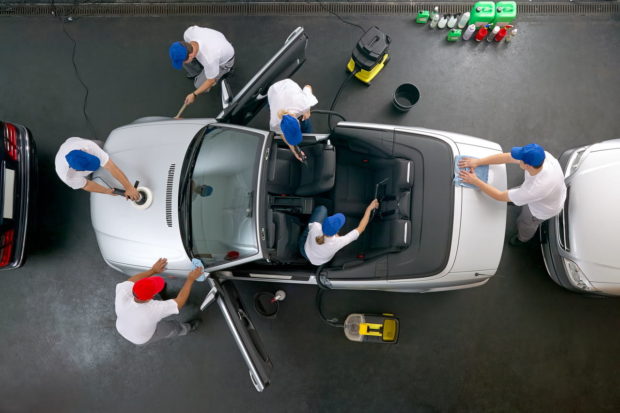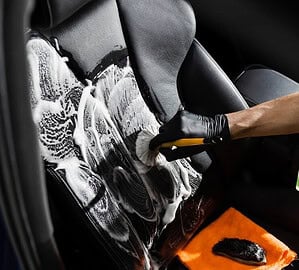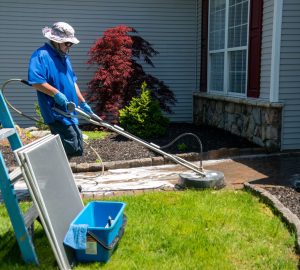We all know that one person who spends every weekend washing and detailing their car, making sure its exterior is in flawless, polished shape and ensuring the interior is equally spotless. We also know at least one person whose backseat looks like a dumpster, and whose car hasn’t been washed in the better part of a decade.

But are these habits merely a reflection of a person’s inherent personality traits, or do they come with their own advantages and disadvantages? Is the appearance of your car a mere mark of superficiality, or does it bear some practical impact?
Resale value
First, let’s consider the resale value of your vehicle. From a high level, it’s clear that appearances matter to car buyers; in fact, when surveyed, 76% of Americans wouldn’t buy a car if they didn’t like it’s appearance, even if the car was reliable. The older the driver, the more that appearance matters, with only 68% of drivers aged 18 – 24 caring about a car’s appearance, and 81% of drivers aged 65 and older caring about it.
We also know that the color of your car can affect resale value, with yellow cars only losing 27% of their value over the first three years, compared to the average baseline of 33.1 percent. Keeping the exterior of your car in good shape can help show off that color, resulting in more interest in your vehicle (and a higher sales price).
Consider that the superficial condition of your car could reflect how much you care about it as a car owner. If the exterior of your car is riddled with dings and scratches, and the interior of your car is stained from food and garbage, a buyer may believe you also aren’t taking proper care of your engine and mechanical components. If your car’s appearance is in pristine condition, they’ll believe the mechanical components are equally cared for.
Preventing further damage
Keeping your car’s appearance in good shape could also serve to prevent further damage in some cases. For example, if you notice a stain of rust on your vehicle, that stain will likely spread, eating away at your vehicle over time and dramatically decreasing its resale value (not to mention making it look in worse shape than it actually is). Treating it early can prevent it from causing real, permanent damage to your vehicle. The same can be said of almost any aesthetic treatment; cleaning your interior can prevent stains, and cleaning your exterior can prevent rust, buildup, and in some cases, scratches and dents.
Making a better impression
Of course, the appearance of your car can also make a better impression on the people around you. If you’re meeting your significant other’s parents for the first time, pulling up in a polished, clean vehicle could help you make a better impression than pulling up in a rust bucket filled with trash. This is especially true if you make frequent sales calls, or if your car is frequently seen by business associates.
Maintaining your car’s appearance
There are several reasons to keep your car’s appearance in good shape, including both financial and pragmatic motivations. So what’s the best way to do it?
- Scratch and dent insurance. For starters, get a good scratch and dent insurance policy. This will allow you to make frequent, small claims if and when your car is scratched by a falling tree branch, dented by a light pole, or when it suffers other small bits of damage.
- Periodic cleaning. It’s also a good idea to wash your car regularly, at least a few times a year, and more frequently if it’s exposed to harsh conditions, like salty roads in winter or muddy terrain.
- Proactive treatment of problems. When you do notice a problem with your vehicle’s appearance, whether it’s the slow buildup of items in the backseat or a bit of rust on the side, take care of it immediately. The sooner you act, the less total damage you’ll face.
- Waxing your car once or twice a year provides it with a thin protective coating, which can shield it against damage from weather elements (including the sun), and prevent small incidents like scratches.
- Protective covers. It may also be a good idea to guard your vehicle with protective covers; a large cover in winter can protect it from harsh elements, and your seats could always use a fabric cover to shield them from spills and debris.
It doesn’t cost much money or take much effort to prevent (or at least mitigate) the majority of appearance-related problems in your vehicle. And considering it could add thousands of dollars of resale value to your car, it’s worth the investment; the better impressions you make on people along the way is just a bonus.



